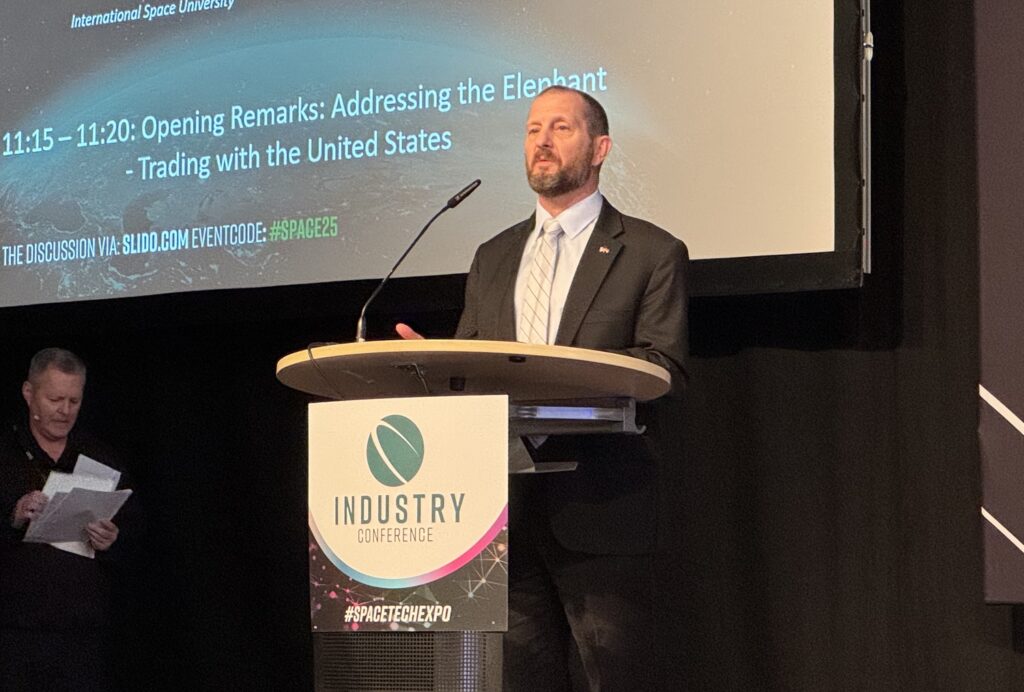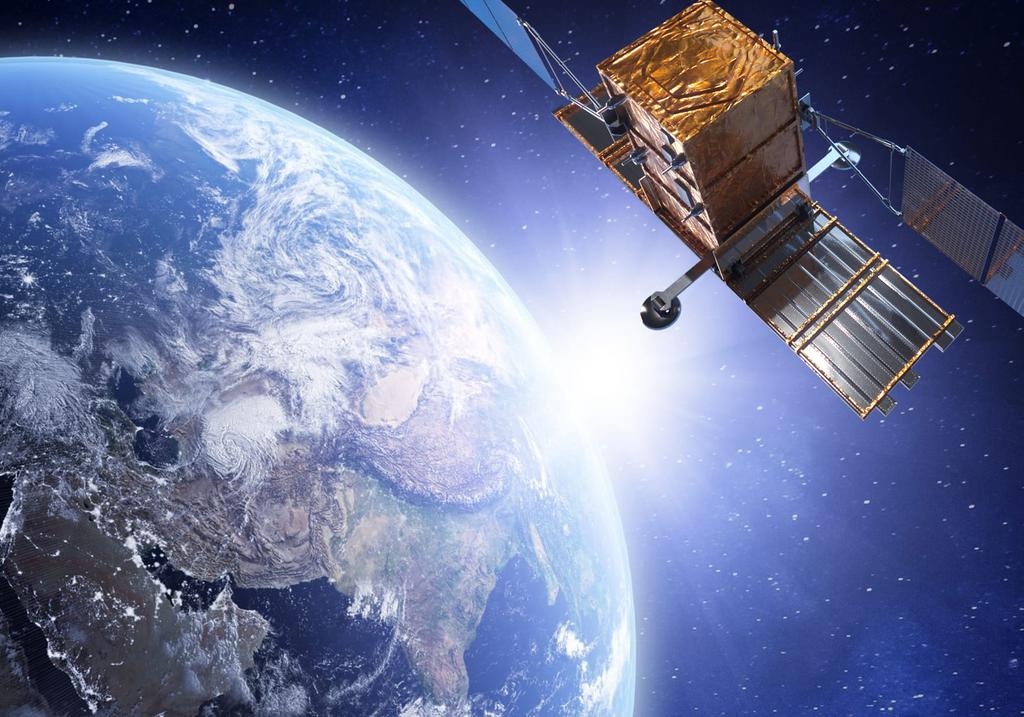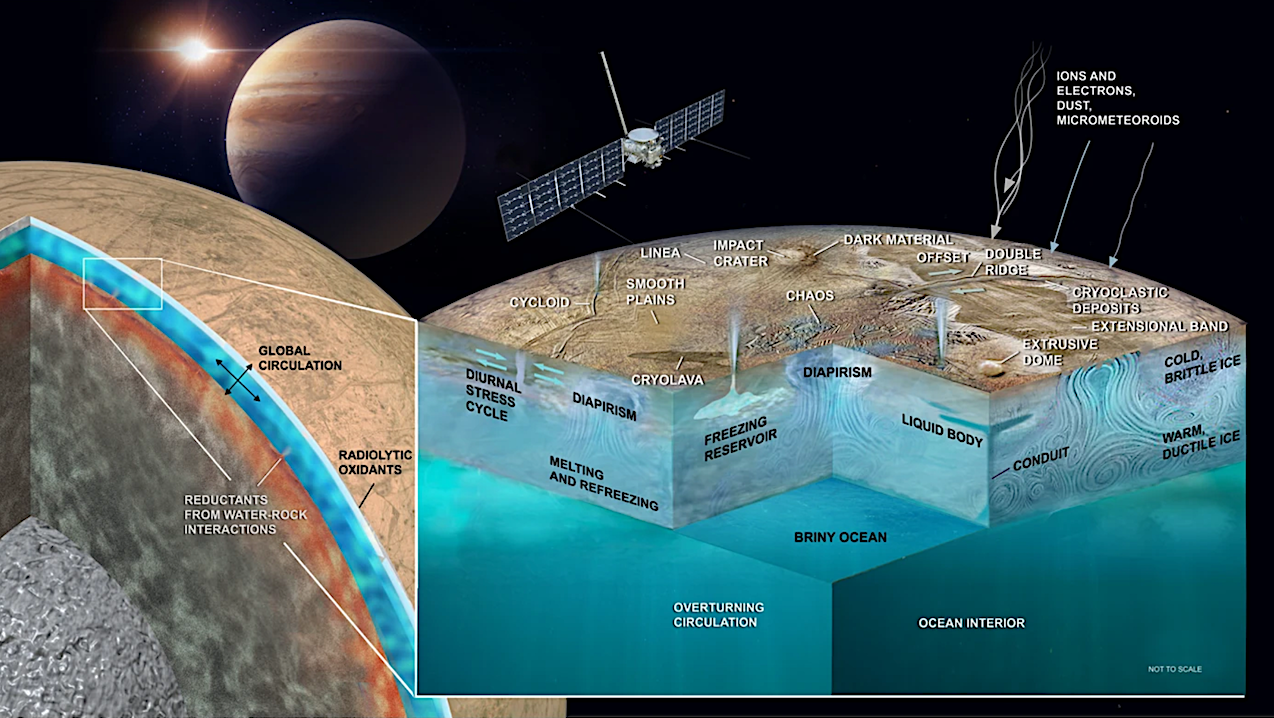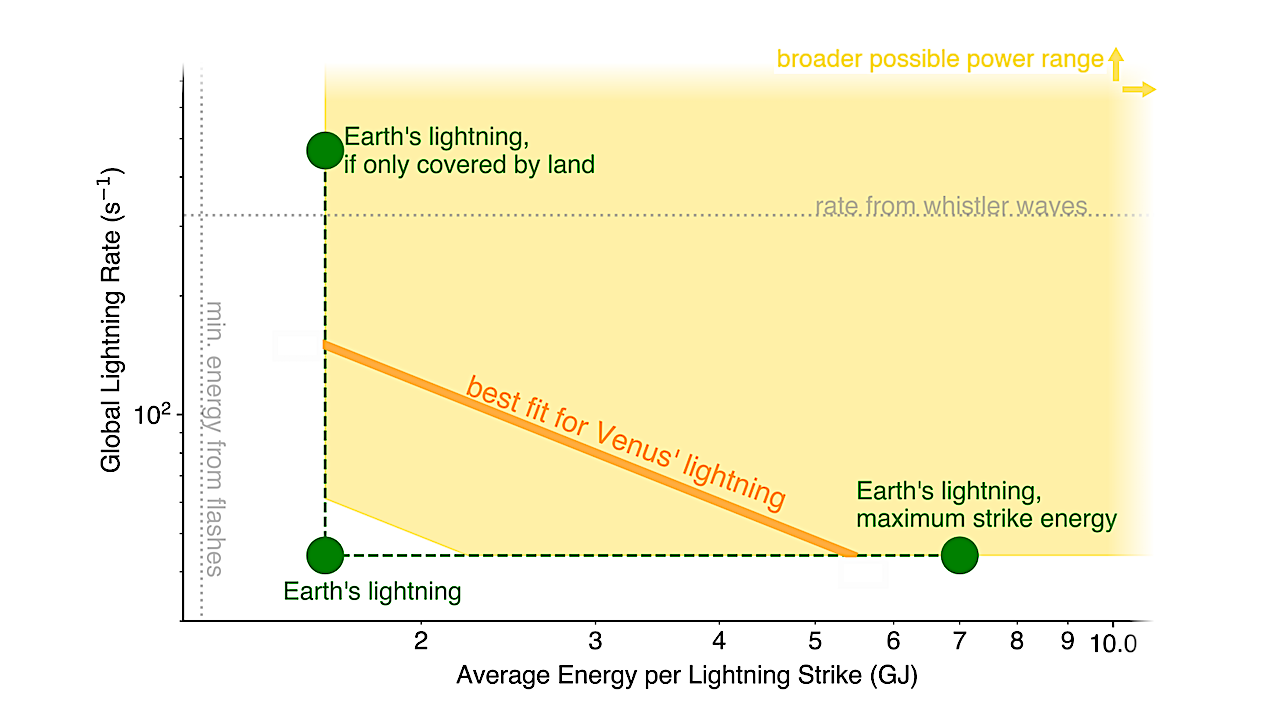Now Reading: EchoStar clears key regulatory step for spectrum sale to SpaceX
-
01
EchoStar clears key regulatory step for spectrum sale to SpaceX
EchoStar clears key regulatory step for spectrum sale to SpaceX


TAMPA, Fla. — EchoStar said Oct. 3 it has met regulatory conditions needed to maintain rights to the global S-band spectrum it is selling to SpaceX in a deal worth more than $17 billion.
The U.S.-based operator said the Lyra-4 satellite Rocket Lab launched in June has successfully operated in low Earth orbit for at least 90 days, satisfying a “Bringing Back Into Use” (BBIU) process managed by the International Telecommunication Union (ITU), the United Nations agency that governs global spectrum rights.
“Completing the BBIU process means all other operators in overlapping frequencies must coordinate with EchoStar under Siron-1,” the company said, referring to its regulatory filing for 2 gigahertz mobile satellite spectrum rights.
SpaceX plans to use the spectrum, together with cellular frequencies from terrestrial partners such as T-Mobile in the United States, to enable a 20-fold increase in throughput for its direct-to-device (D2D) services.
Last month, SpaceX sought permission to deploy up to 15,000 upgraded D2D satellites as part of its Starlink broadband constellation to take advantage of the spectrum, with tests slated to begin as soon as the end of next year.
There are currently more than 650 Starlink satellites in orbit supporting early D2D capabilities, limited to text messaging, emergency alerts and certain apps across the United States, New Zealand and Japan.
The company plans to pay EchoStar $17 billion via a mix of SpaceX stock and cash for its so-called AWS-4 and H-block spectrum licenses, under a deal they announced Sept. 8 that remains subject to approval from the U.S. Federal Communications Commission.
SpaceX would also cover $2 billion in cash interest payments on EchoStar debt.
Long-running saga
EchoStar hailed its BBIU milestone as “a critical step in powering next-generation direct-to-device (D2D) services, particularly in rural and regional areas across the globe.”
It has been a rocky journey for the geostationary broadband operator, which is now pursuing what CEO Hamid Akhavan calls “asset-light growth” after a “forced pivot” under FCC scrutiny into whether its spectrum was being underused, following complaints from SpaceX and others.
The first two of three nanosatellites EchoStar ordered from Tyvak Nano-Satellite Systems (now part of Lockheed Martin) to initially secure the S-band rights in 2021 failed because of propulsion issues. The third successfully reached orbit later that year, just in time to meet the ITU’s initial “Bringing Into Use” (BIU) requirement.
Operators must complete BBIU to restore spectrum rights that have lapsed after initial use.
Lyra-4 is one of 28 S-band satellites EchoStar ordered in 2023 from Astro Digital for a planned constellation targeting monitoring and tracking markets. At least two other Lyra satellites have also been launched.
In August, EchoStar contracted MDA Space for the first 100 satellites of what was to be a $5 billion S-band constellation for mass-market D2D connectivity. But that plan was shelved a little more than a month later after the SpaceX deal was announced.
EchoStar first embarked on its international S-band strategy in 2013 after acquiring Solaris, an Irish company struggling to commercialize spectrum rights over Europe.
In 2019, it bought Helios Wire, a Canadian startup developing a satellite network for connecting Internet of Things (IoT) devices. That deal included the ITU filing for global S-band mobile satellite services that Helios made via its Australian Sirion Global subsidiary, which EchoStar rebranded as EchoStar Global Australia.
Stay Informed With the Latest & Most Important News
-
 012024 in Review: Highlights from NASA in Silicon Valley
012024 in Review: Highlights from NASA in Silicon Valley -
 02Panasonic Leica Summilux DG 15mm f/1.7 ASPH review
02Panasonic Leica Summilux DG 15mm f/1.7 ASPH review -
 03How New NASA, India Earth Satellite NISAR Will See Earth
03How New NASA, India Earth Satellite NISAR Will See Earth -
 04And Thus Begins A New Year For Life On Earth
04And Thus Begins A New Year For Life On Earth -
 05Astronomy Activation Ambassadors: A New Era
05Astronomy Activation Ambassadors: A New Era -
06SpaceX launch surge helps set new global launch record in 2024
-
 07Space Force plans new ‘Futures Command’ amid pressure to speed up modernization
07Space Force plans new ‘Futures Command’ amid pressure to speed up modernization



















